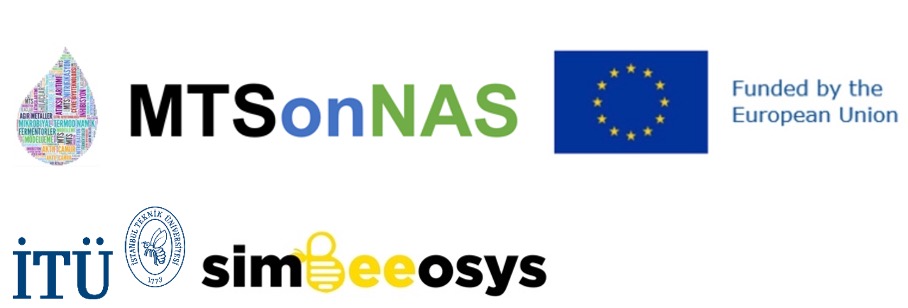by
Ali İzzet Cengiz | Dec 14, 2023
Proje Türü: European Union Horizon Europe Program Marie Skłodowska-Curie Postdoctoral Fellowships
Proje Yürütücüsü: Doç. Dr. Tuğçe Katipoğlu Yazan, Prof. Dr. H. Güçlü İnsel
Application of a New Kinetic Microbial Theory - Microbial Transition State - on Enriched Nitrifying Activated Sludge Model (MTSonNAS) project has been awarded among European Union Horizon Europe Program Marie Skłodowska-Curie Postdoctoral Fellowships. With this project Assoc. Dr. Tuğçe Katipoğlu Yazan earned ERA (European Research Area) Post-Doctoral Scholarship which will be held for 2 years at Environmental Engineering Department of Istanbul Technical University. MTSonNAS project having 148.000-euro budget is supervised by Assoc. Dr. H. Güçlü İnsel. Res. Assist. Dilşad Soylu is involved as a researcher and experienced researchers of the SimBeeoSys Research Group support and contribute to the development of the project.
Activated Sludge Models, known as traditional engineering models, are frequently used in the design, operation, and optimization of wastewater treatment systems. These models predict microbial growth by simulation and calibration of a range of experimental parameters. Recently, the Microbial Transition State (MTS) theory has been proposed, which grounds microbial growth on thermodynamic equilibrium and statistical physics. Studies which investigate application of this theory on mixed microbial cultures such as wastewater treatment systems are in progress.
MTSonNAS project investigates application of MTS theory with microbial culture and activity identification methods to examine the growth of functional groups such as heterotrophs and nitrifying bacteria constituting mixed microbial culture in wastewater treatment in the presence of pollutants. The project outputs will contribute to a better understanding and control of microbial growth processes occurring in the natural and engineering environments. Determination of the inhibition kinetics will contribute removal of pollution from industrial processes and development of MTS approach to be used in more complex biological systems.
The related information about the project is available in the following links:
https://cordis.europa.eu/project/id/101090315
https://mtsonnas-mozaik12b-test.itu.edu.tr/en/about
